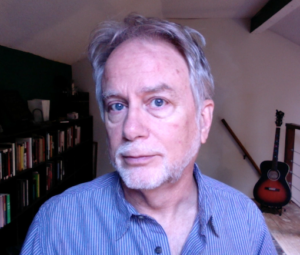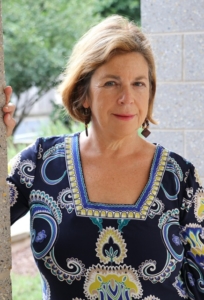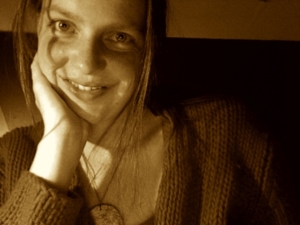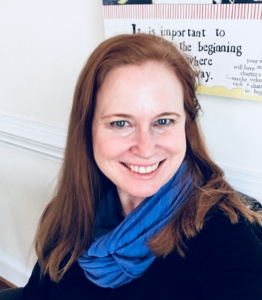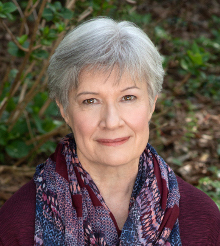Disrupting Process
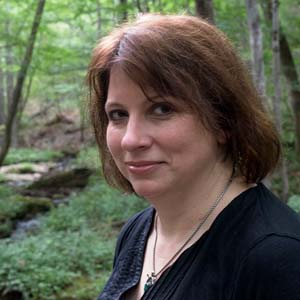 Process, the stages of creating—this is where a writer’s real power is. By being mindful of process and concentrating on the series of steps involved, rather than the final product itself, we end up where we want to be.
Process, the stages of creating—this is where a writer’s real power is. By being mindful of process and concentrating on the series of steps involved, rather than the final product itself, we end up where we want to be.
Process means giving yourself the chance to begin. It’s the best cure if you haven’t written in a while—to allow the half-formed, imperfect words to appear on the page. You don’t need the whole poem or chapter yet. You just need a snippet.
You have likely reflected on your own process. There’s not just one way. We writers love to ask each other such questions. It can become part of our identity: Are you a messy, illegible sticky-note writer? Or a loopy longhand on yellow legal pad writer? Whatever process you’ve developed, I am here to advocate the idea of disrupting it! Invite change. Make experimentation part of your process and see what happens.
Not long ago I started playing around with how I court new work by writing every day and by writing through prompts—strategies plenty of other writers do all the time. But not me, I never had. And I’d perhaps grown too accustomed to my process.
So instead of focusing so much on revision, which I dearly love, I started to focus intentionally on inception. I even started incorporating another form of artistic expression into my process—something I’m not good at, painting with watercolor. This was inspired directly by poet Gabrielle Calvocoressi. I also once heard fiction writer Barry Hannah give a talk along these lines—the value of letting yourself create in another form without trying to become good at it. Creating without a focus on mastery brought play and dreaming back to the forefront.
ABOUT JULIE: Julie Funderburk is author of the poetry collection The Door That Always Opensfrom LSU Press and a limited-edition chapbook from Unicorn Press. She is the recipient of fellowships from the North Carolina Arts Council and the Sewanee Writers’ Conference. Her work appears in 32 Poems, Cave Wall, The Cincinnati Review, Hayden’s Ferry Review, and Ploughshares. She is an Assistant Professor of Creative Writing at Queens University of Charlotte.
POETRY 101 WITH JULIE: Explore the world of verse by learning to read poems with the senses of a poet, and come away understanding what you missed in high school and college lit classes. Prose writers will gain a deeper appreciation of poetry and some inspiration—for ways to integrate poetic devices into their prose and to try out poetry for themselves. This class meets on-line via Zoom two Tuesdays, March 22 and 29, 2022, 6:00-8:00 p.m. In How to Read a Poem (and Maybe Write One) Julie will help budding poets to find their poetic vision and replenish their founts. More information here.

